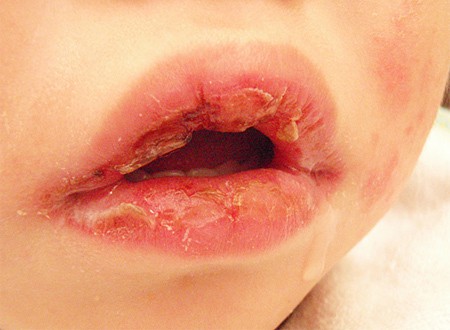Abstract
Kawasaki disease (KD) is an acute vasculitis of unknown etiology, occurring in young children and treated with intravenous gamma globulin (IVIG) to prevent significant cardiac morbidity and mortality. We studied KD patients pre- and post-IVIG therapy and at >40 days posttherapy, additionally comparing them with matched pediatric control patients and parents. Using three-color flow cytometry, we examined immune changes in KD, especially previously unassessed markers of T-lymphocyte activation, memory, and adhesion. The percentage of cells positive for CD19, CD25, CD38, and CD71 was significantly lower during convalescence compared with pre-IVIG (medians: CD19, 18% vs 26%, P = 0.0004; CD25, 6% vs 9% for CD3(+) cells, P = 0.0074; CD38, 78% vs 89% for CD8(+) cells, P = 0.0015; CD71, 1% vs 6% for CD4(+) cells, P = 0.0024). The proportion of CD3(+) cells increased (medians: CD3, 66% vs 45%, P < 0.0001). Values for all parameters varied greatly pre- and post-IVIG, but not in a consistent direction. The sole patient with cardiac abnormalities had the greatest pre-/post-IVIG variability. These changes support the involvement of T-lymphocytes in the acute KD vasculitic process. They also suggest that T-lymphocytes involved in endothelial damage during acute KD may be subsequently removed or eliminated from the peripheral blood.
Jason J, Gregg L, Han A, Hu A, Inge KL, Eick A, Tham I, Campbell R
Clin. Immunol. Immunopathol. 1997 Sep;84(3):296-306
PMID: 9281389
Jason-Kawasaki-Immunoreg-1997-Document_3006942_74605